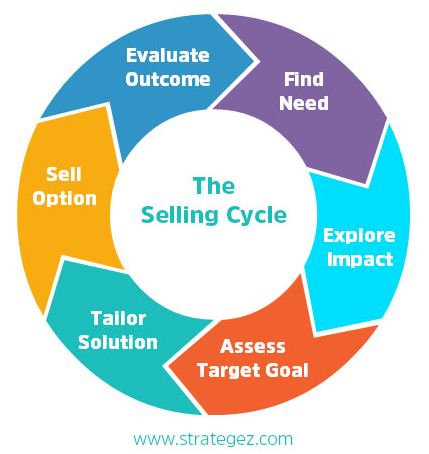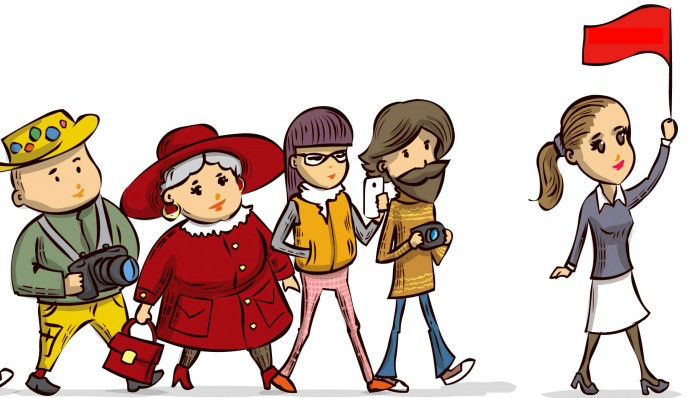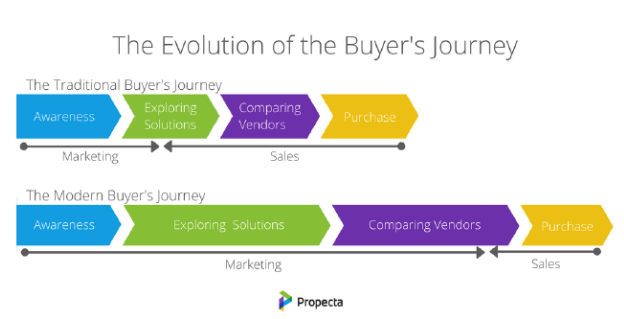Reducing the length of your sales cycle is vital in order to positively impact your ROI. The faster you get deals through the pipeline, the more opportunities your reps can work on… increasing the number of possible closes. Below are some tips and techniques on how to shorten your sales cycle and get to more commissions, faster.

1 | Understand the Needs and Wants of Your Potential Client
Go to each meeting with a game plan in place. This comes from asking the right questions and understanding the true needs of the prospect.
42% of sales reps feel they don’t have enough information before making a call.
Two reasons why you want to do this:
- Not understanding the needs of your prospect can sabotage the entire deal. Not all prospects are capable of making a quick decision, so if you rush the prospect into a decision, you may close the deal only to have them gain buyer’s remorse and cancel the sale, which can cause the dreaded word: refund.
- There’s no one way to reduce the sales cycle. It differs just as your prospects differ in how they process information to make decisions. The only way to shave off some time in the sales cycle is to ask the right questions on the onset to set up the process and get the answers you need to direct the sales to a close.
Tailoring your approach with every prospect, you’ll save time and close more deals.
2 | Schedule The Next Call While On The Phone With The Current Call
A lot of downtime between meeting with a client and closing the deal is usually not needed to make a decision. Most of it is dead time when both sides are just waiting to schedule the next call or in-person appointment. Your best option is to schedule the next call or in-person appointment before you leave the one you’re on.
3 | Agree to a Timeline Early

It’s best to commit to a timeline as early as possible. This will also help reduce the time of the sales cycle. Don’t force the prospect into any agreement, but do ask the right questions to gauge when you think the prospect will make a decision – assuming they get all of their questions answered.
4 | Address Any Obstacles Up Front
Most sales reps tend to ignore anything that looks like an obstacle instead of addressing it up front. You need to ask the prospect qualifying questions up front to screen them on whether or not they have the buying power, what’s their budget, and/or if there’s any doubt that your solution will work for them.
5 | Be a Tour Guide

Even though you may have been selling the exact same product or service, the prospect you’re in front of has never seen it. Don’t assume how a prospect would like to proceed, give them suggestions on how they might proceed. Take advantage of this by suggesting a roadmap for the process while offering your guidance at every turn. This is known as the Buyer’s Journey.
6 | Map Out The Entire Process in Advance
More than 50% of prospects want to see how your product works on the first call.
It’s important to be a great tour guide and plan on how the process will unfold and anticipate any obstacles. Mapping out the ‘entire’ buying process is important to avoid any obstacles and keep the sales cycle to a minimum. Make sure to ‘connect’ with and meet all of the decision makers, if possible, agreeing to any legal terms and making any amendments to revisions and conditions.
By being a great ‘tour guide’, as mentioned above, you can move the sales cycle along.
7 | A Breakdown of the Buyer’s Journey

Awareness Stage. The buyer identifies they have a challenge or problem that they want a solution to. They also determine how big of a priority a solution is. In order to understand where your buyer is, you can ask yourself the following questions:
How do buyers describe their goals or challenges?
What are the consequences of inaction by the buyer?
Are there common misconceptions buyers have about addressing the goal or challenge?
How do buyers decide whether the goal or challenge should be prioritized?
Consideration Stage. The buyer has clearly defined the goal or challenge and has committed to addressing it. They determine how they want to approach the goal or challenge and the methods available to resolving that goal or challenge. Here are some questions you can ask yourself:
What categories of solutions do buyers investigate?
How do buyers educate themselves on the various categories?
How do buyers perceive the pros and cons of each category?
How do buyers decide which category is right for them?
Decision Stage. The buyer has decided on a solution to the goal or challenge by going over pros and cons on what they want to pursue. Questions you can ask yourself in this stage are:
What criteria do buyers use to evaluate the available offerings?
When buyers investigate your company’s offering, what do they like about it compared to alternatives? What concerns do they have with your offering?
Who needs to be involved in the decision? For each person involved, how does their perspective on the decision differ?
Do buyers have expectations around trying the offering before they purchase it?
Outside of purchasing, do buyers need to make additional preparations, such as implementation plans or training strategies?
Answering these questions will provide a solid foundation of the buyer’s journey and help you reduce your sales cycle.
________
Questions or comments? Contact SPOTIO at [email protected] or comment below.
SPOTIO is the #1 field sales acceleration platform to increase your revenue, maximize your profitability, and increase your team’s productivity.
Want to see a product demonstration? Click here to see how SPOTIO can take your sales game to the next level.
—–
Sources:


